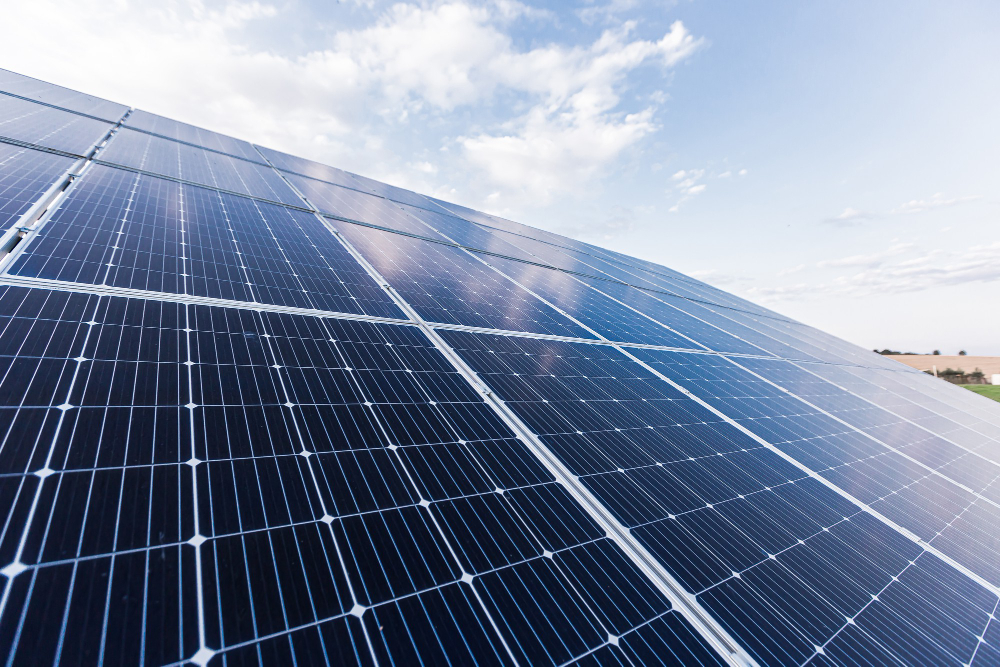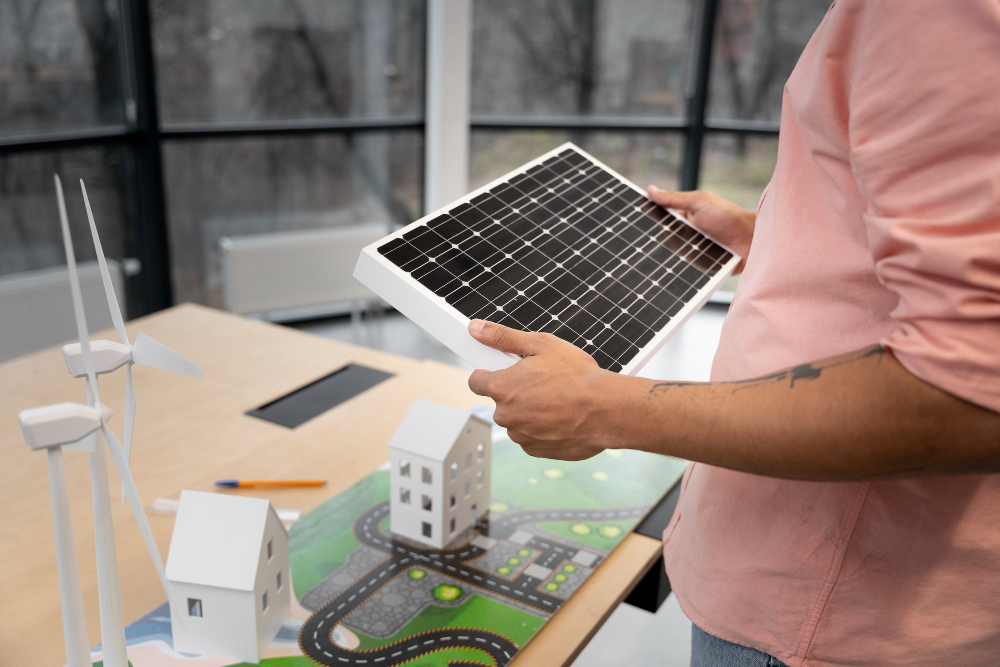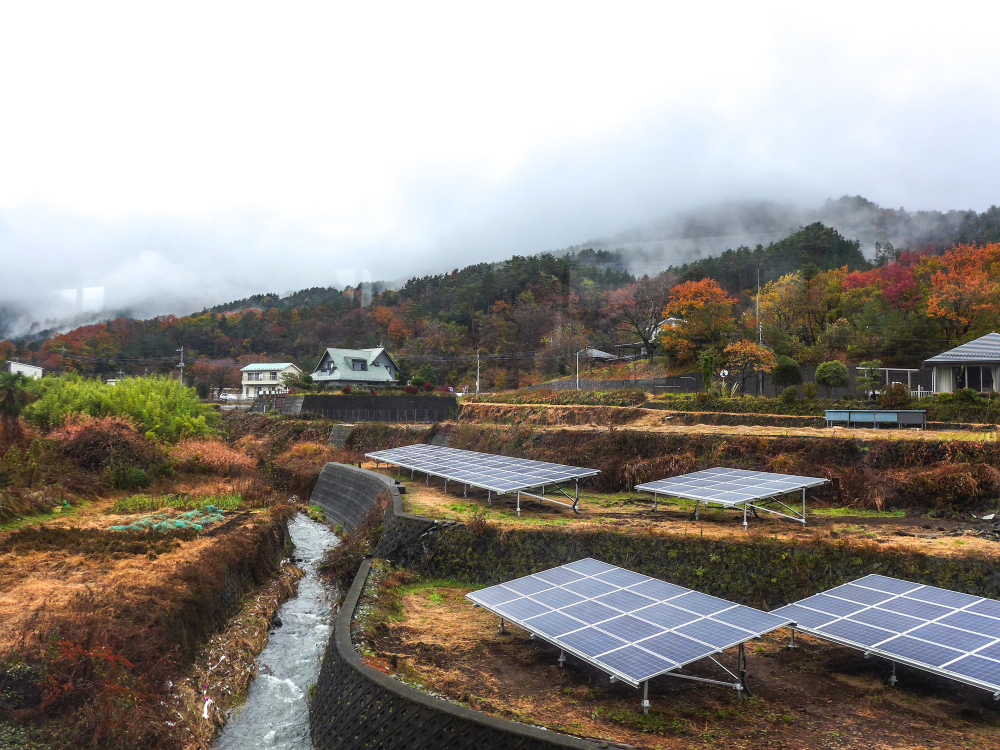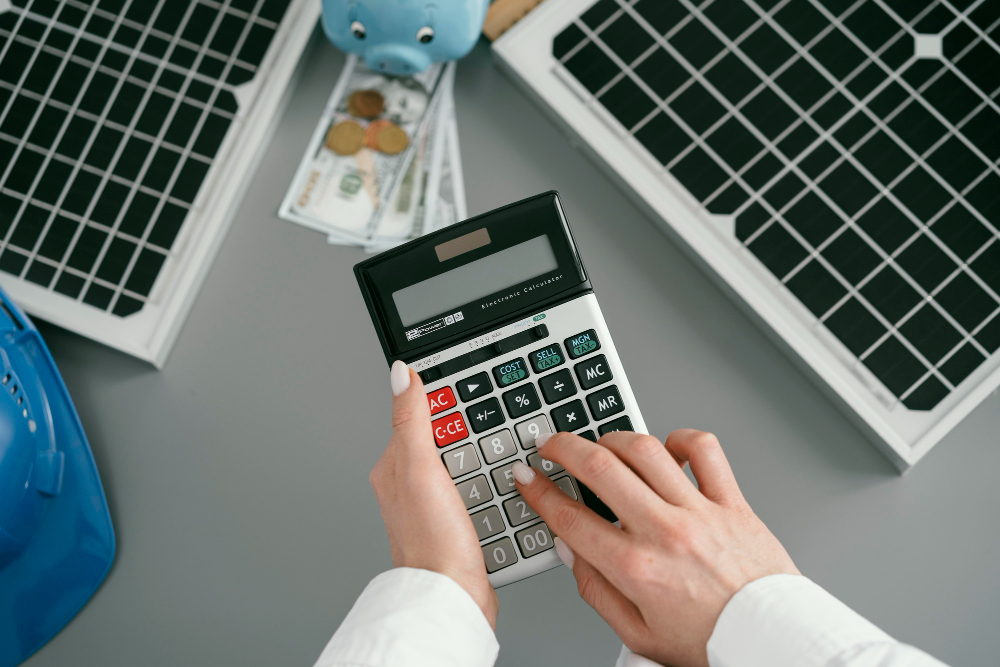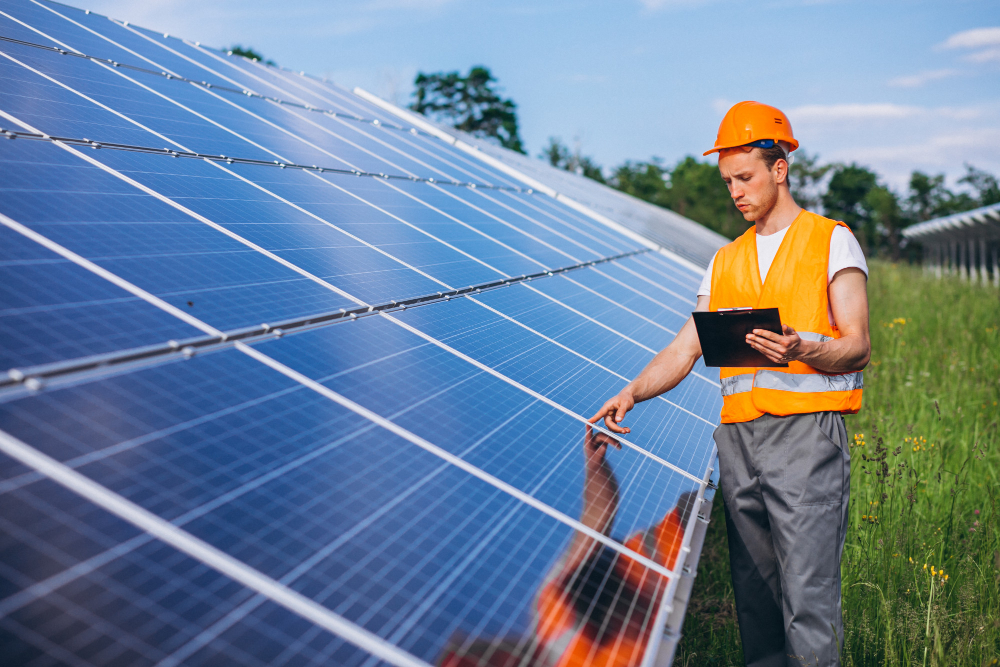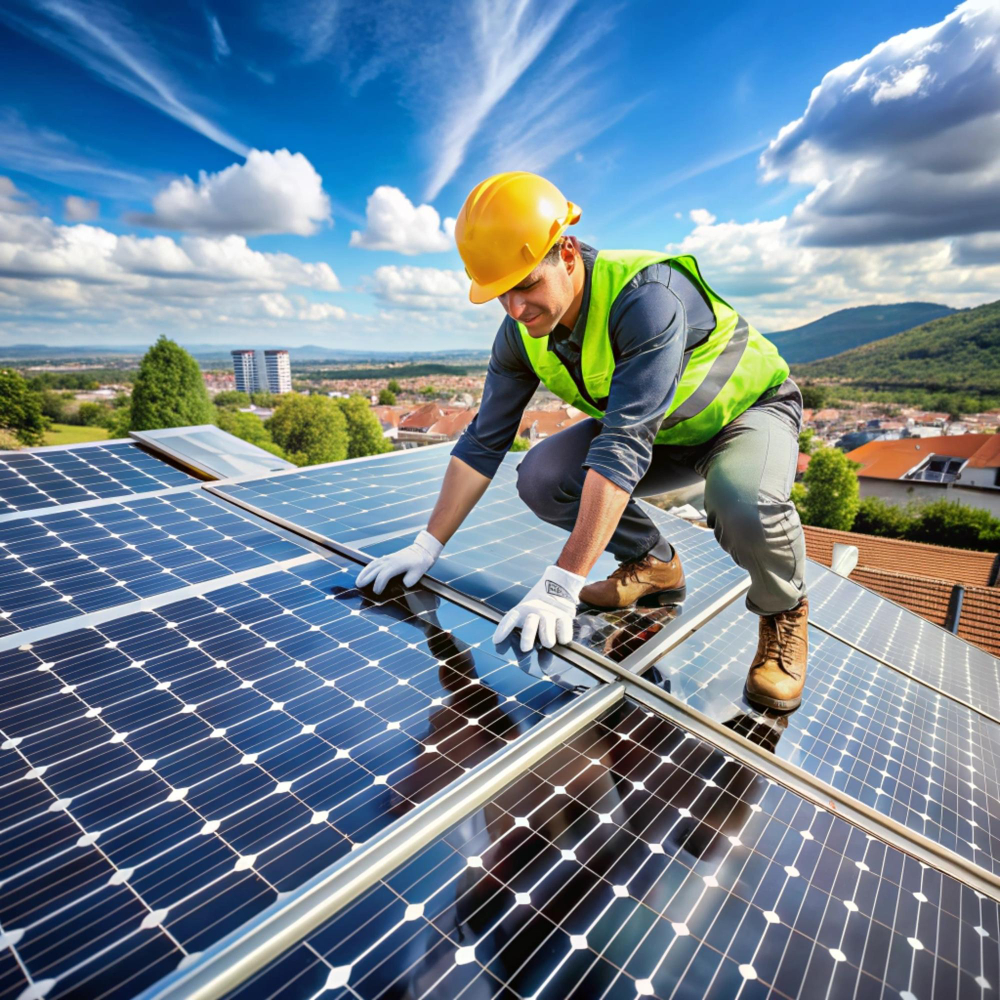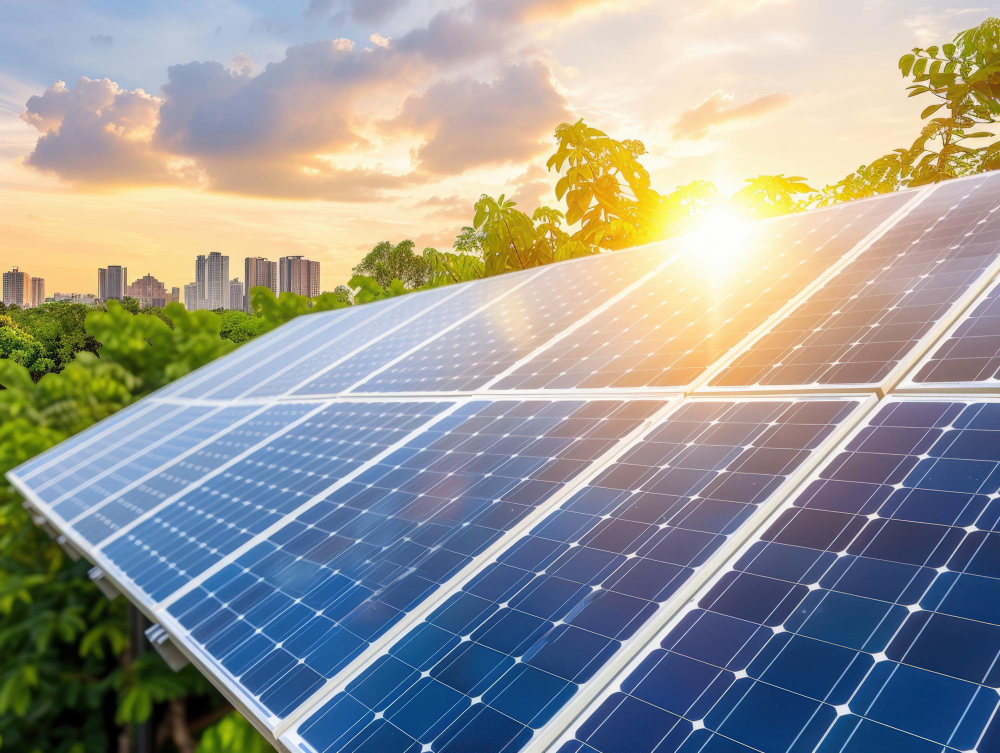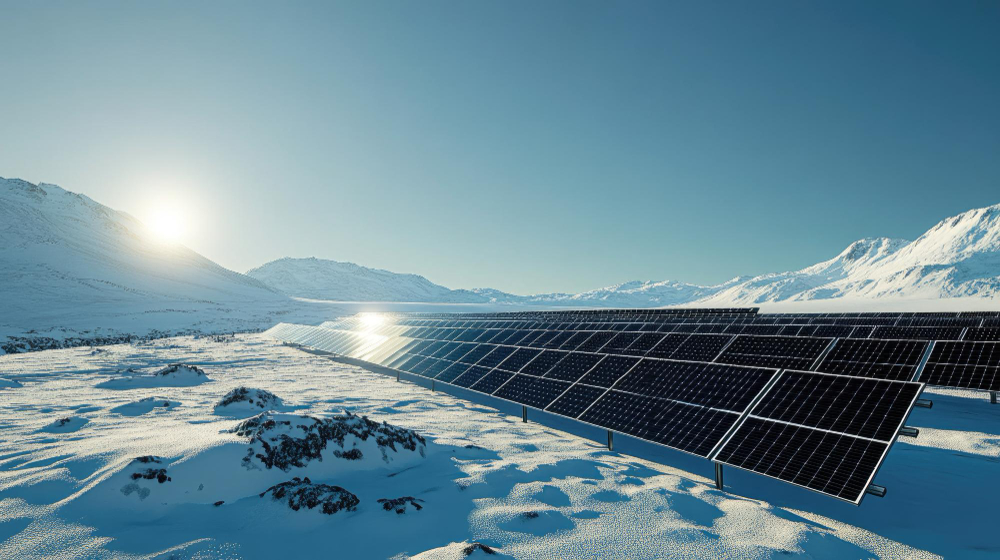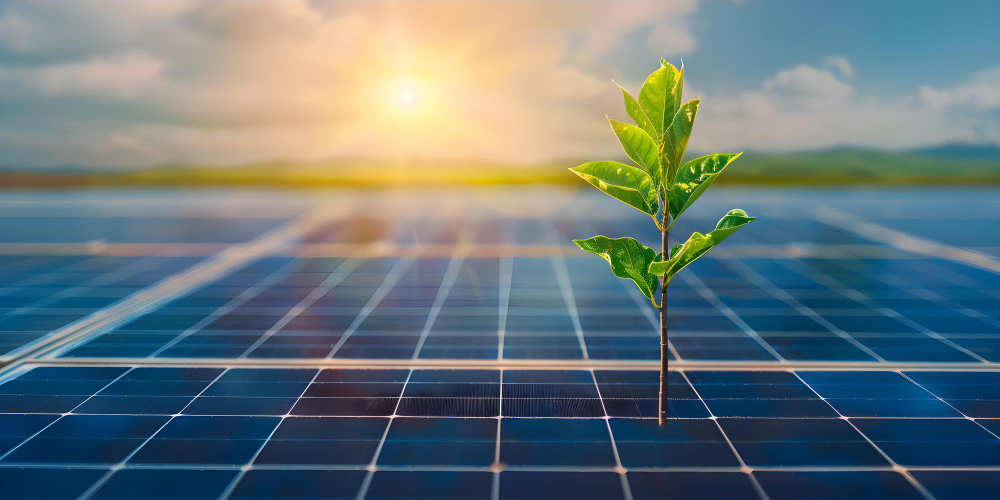Why Solar Energy is the Best Option for Off-Grid Living
Off-grid living is a reality that many people consider as a way of escaping the traditional utility companies. Whether it is a dream of having a cabin in the woods, a tiny house in the woods, or a homestead, going off-grid is not an easy task, and one needs to plan and manage resources properly. When it comes to the choice of the energy source, solar energy is the most suitable for people who live off the grid. In this blog, I will be discussing why solar power is the best for people who do not have access to the utility grid. Abundant and Renewable Resource The first and probably the most persuasive argument for using solar energy in off-grid living is the availability of this source of energy and its ability to be replenished. The sun is an unlimited source of energy and can be tapped anywhere as long as there is sunlight. While the conventional sources of energy such as the fossil fuels are scarce and have negative impacts on the environment, solar energy is renewable and environmentally friendly. This way, you are able to guarantee that you are able to have a constant source of energy that is also renewable. Low Operating Costs Solar power systems have very low operating costs once they have been installed. Solar panels are built to last for many years and do not require much attention to be given to them. The only other costs that are incurred after installation are cleaning costs and inverter costs which are relatively low and are incurred after long intervals of time. This is in contrast with other forms of energy that need constant replenishment of fuel or constant maintenance. In off-grid living, where the costs have to be controlled, solar energy is a financially viable option. Independence from Fuel Supply Conventional off-grid power supplies include diesel generators that use fuel which has to be transported and stocked. This can be costly and sometimes physically cumbersome especially when the location of the business is in a remote area. Solar power does not require fuel supplies and storage and is therefore more convenient and reliable than other energy sources. After installing your solar panels, you do not have to worry about the exhaustion of fuel or having to make several trips to fill up tanks. Easy Installation and Scalability Solar power systems are quite easy to install, much easier than other off-grid energy systems such as wind or hydro power. It is possible to begin with a simple system and then add more features as the company evolves. This scalability is especially beneficial for off-grid living because the energy demand may not always be the same. You can expand the number of panels or batteries as you wish without much interference with your living conditions. Minimal Environmental Impact Another advantage of using solar energy is that it has little or no effect on the environment. Solar panels produce electricity without releasing greenhouse gases or other pollutants into the atmosphere. This makes solar power a perfect option for those who would wish to live an eco-friendly life and minimize on the emission of carbon. When the project is located in a remote or a virgin area, the conservation of the natural landscape is usually a factor of concern, and solar energy is the solution. Reliability and Energy Security Solar energy systems are very reliable in their performance. If the system is well designed and there is enough battery storage, then the energy supply is going to be constant and reliable. Solar panels produce electricity in the daytime and with batteries, you can use that electricity at night. This makes sure that you are able to generate electricity even during the days that are cloudy or at night thus making it a secure source of energy for off grid living. Low Maintenance Requirements Solar power systems are one of the most low maintenance energy systems compared to other energy systems. Maintenance is usually done on a routine basis and it entails washing the panels to remove dust and sometimes checking on the efficiency of the system. On the other hand, generators and other off-grid sources of power may be prone to frequent maintenance and repairs. For those who are off the grid, having a low maintenance energy system is a lot less work and more time to enjoy the view. Cost-Effective Over Time While the initial investment in solar panels and related equipment can be significant, the long-term savings are substantial. Over time, the cost of solar energy can be much lower than other off-grid options, particularly when factoring in fuel costs and maintenance. Many people find that the savings on energy bills and the reduced need for fuel make solar power a cost-effective choice in the long run. Increased Property Value Investing in solar energy can also increase the value of your off-grid property. Solar panels are an attractive feature for potential buyers who are interested in sustainable living. As more people recognize the benefits of solar energy, having a solar power system in place can make your property more appealing and potentially lead to a higher resale value. Supports a Sustainable Lifestyle Choosing solar energy aligns with a sustainable lifestyle, which is often a key motivation for going off-grid. By using renewable energy, you reduce your reliance on non-renewable resources and contribute to a healthier planet. Solar power supports your commitment to living sustainably and can help you achieve your off-grid goals while minimizing your environmental impact. Conclusion Solar energy is undoubtedly the best option for off-grid living, offering a range of benefits from abundant and renewable resources to low operating costs and minimal environmental impact. Its reliability, ease of installation, and low maintenance requirements make it a practical and sustainable choice for those seeking independence from conventional utilities. By embracing solar power, you can enjoy the freedom of off-grid living while contributing to a cleaner, more sustainable world.

